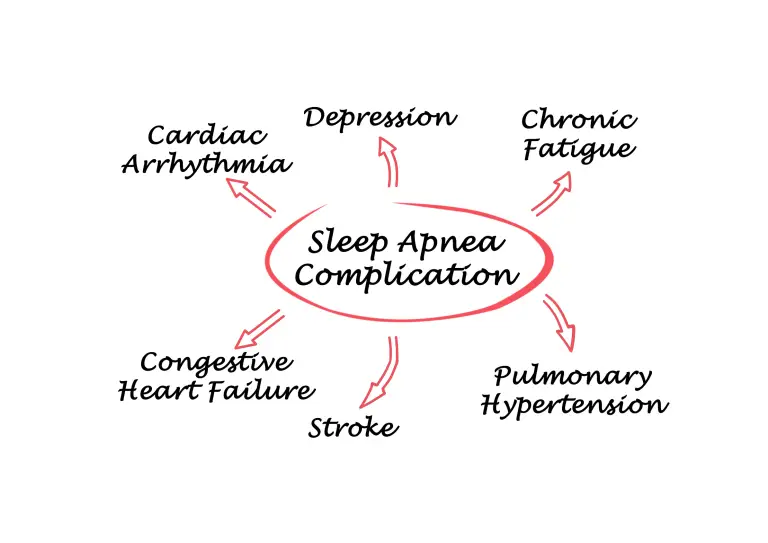What Is Sleep Apnea?
Sleep apnea occurs when you have difficulty breathing in your sleep. This can result in waking up frequently, or feeling like you've not gotten enough air during the night. Although many people with this condition aren't aware of it, it can be treated with therapy or surgery. Understanding the signs of sleep apnea is the first step in seeing if you're one of these people.
Sign #1: You snore loudly.
If you find yourself waking your sleeping partner with the sound of your snores, you may want to check for sleep apnea. There are several kinds of snoring, and some of them are more dangerous than others; loud snores can be a sign that the tissue in your throat is collapsing as you breathe, which indicates sleep apnea. Although not everyone who snores has sleep apnea, it's a sign you should keep in mind next time you're sleeping with someone and the snoring starts.
Sign #2: Your partner says you stop breathing for a moment when you sleep on your back.
This is actually one of the best signs of sleep apnea; it's easy to test and often very helpful in diagnosing the condition as long as you haven't already been diagnosed by professional doctors.
What Causes Sleep Apnea?
Sleep apnea is caused by a lack of airflow through the nose or mouth during sleep due to obstruction of the air passage. The majority of the time this is a problem that occurs when you are sleeping on your back. During sleep, muscles relax and people often roll onto their backs or even their sides. Obstruction of the airway can cause hypoxia, which triggers arousal (waking) in order to get more oxygen. This happens repeatedly throughout the night, resulting in poor sleep quality overall and excessive daytime sleepiness.
Undergoing Sleep Apnea Test
If you have a suspicion that you might have sleep apnea, the first step is a complete physical examination by your doctor. If you are found to have high blood pressure, heart disease, or other symptoms of poor sleep quality, he will likely send you to see a polysomnographer (a doctor who monitors your sleep).
The in-lab sleep test is usually performed overnight in a hospital or sleep center. This test measures airflow and oxygen levels in your body while sleeping. In order to “rule out” sleep apnea, the sleep apnea test requires a person to wear a special mask attached to an airflow monitor that records oxygen levels and breathing patterns during sleep. The data is later analyzed to determine if the person has mild, moderate, or severe obstructive sleep apnea (OSA). In addition, others studying sleep will often perform similar tests on individuals suspected of having OSA: for instance in patients with recurrent neck pain.
Conclusion:
Sleep apnea is a condition in which breathing is interrupted during sleep. This can lead to poor sleep quality, excessive daytime sleepiness, high blood pressure, and heart disease. The treatment for this condition usually involves wearing a mask at night that forces air into the lungs and maintaining an optimal weight and sleeping position.
0





